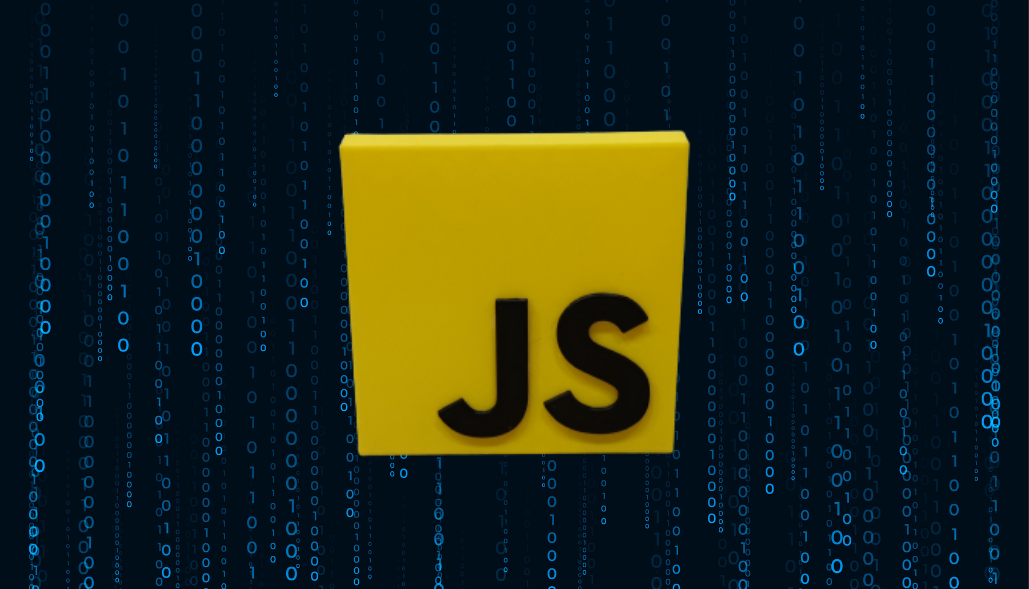In JavaScript, this keyword refers to the object that is currently executing the code or the context in which the code is running. The value of this is determined by how a function is called and can change dynamically based on the context of the function invocation. Understanding this is crucial for working with object-oriented programming and functions in JavaScript.
Here are some common scenarios where this is used and its meaning:
Global Context: In the global scope (outside of any function), this refers to the global object (window in browsers, global in Node.js).
console.log(this === window); // true (in a browser environment)
Function Context: Inside a function, this refers to the object that the function is a method of. If the function is not a method of any object, this refers to the global object.
const obj = {
foo() {
return this; // `this` refers to the `obj` object
}
};
console.log(obj.foo() === obj); // true
Constructor Context: Inside a constructor function (used with the new keyword), this refers to the newly created instance of the object.
function Person(name) {
this.name = name;
}
const person = new Person('John');
console.log(person.name); // John
Explicitly Setting this: You can explicitly set the value of this using methods like call(), apply(), or bind().
const obj1 = { name: 'Object 1' };
const obj2 = { name: 'Object 2' };
function greet() {
return `Hello, ${this.name}`;
}
console.log(greet.call(obj1)); // Hello, Object 1
console.log(greet.call(obj2)); // Hello, Object 2
Arrow Functions: Arrow functions do not have their own this context. Instead, they lexically capture the this value from the surrounding code.
const obj = {
foo: () => {
return this; // `this` refers to the outer context (e.g., the global object)
}
};
console.log(obj.foo() === window); // true (in a browser environment)
Understanding how this behaves in different contexts is essential for writing effective JavaScript code.






